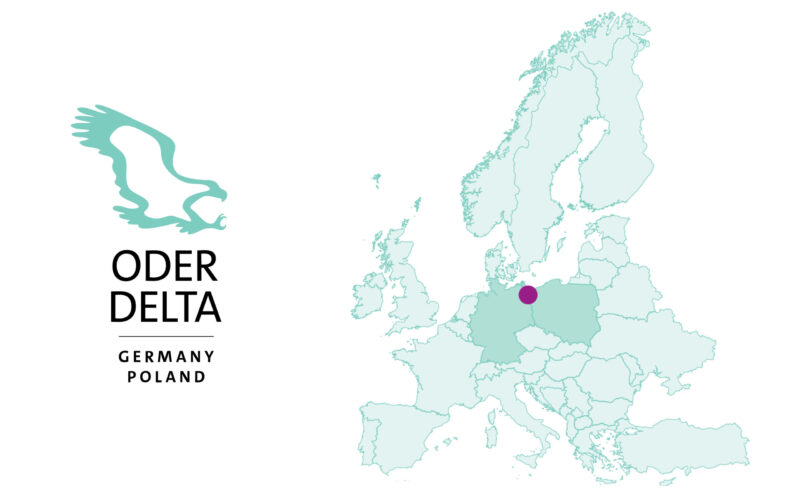From climate change mitigation to biodiversity enhancement, peatland rewilding offers a wide range of benefits. We caught up with Peter Torkler, Rewilding Oder Delta team leader (Poland), to discuss peatland restoration on the Polish side of the Oder Delta.
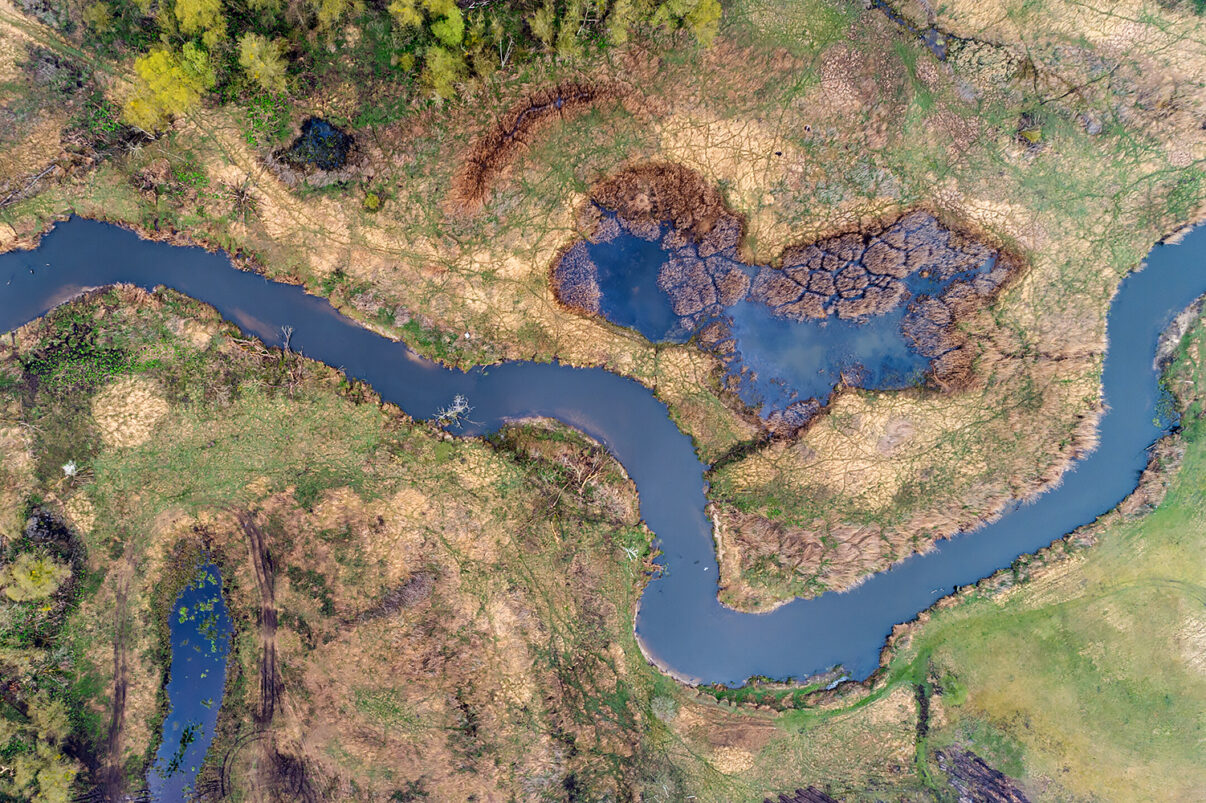
The rewilding of peatland can mitigate climate change and benefit people and nature in myriad other ways. In 2022, a grant from the US-based Grantham Foundation saw Rewilding Europe begin work to fund landscape-scale peatland rewilding through the sale of nature-based carbon credits, with an initial focus on the Oder Delta rewilding landscape on the German-Polish border, as well as Swedish Lapland.
Why is the Oder Delta such a good place for peatland restoration?
The Oder Delta is a unique region, with a rich mosaic of terrestrial, marine and freshwater ecosystems. The landscape was shaped by the withdrawal of glaciers around 10,000 years ago, leaving huge expanses of peatland. So far, the Rewilding Oder Delta team have identified around 20,000 hectares of peatland that could be restored, rewetted or regenerated. Many of these are being used for extensive agriculture, often because of subsidies from the European Union.
How will people and nature benefit from such restoration?
Everywhere in the Oder Delta landscape we see an increasing lack of water caused by more irregular rainfall and excessive agricultural demand putting pressure on flora and fauna. Healthy peatlands can counteract this as they are the perfect buffer against extreme weather events, whether there is too much rain in winter or too little in summer. Peatlands also support populations of many wild animals, for example moose (European elk), providing shelter and the possibility of retreating from human pressure.
Last but not least, when peatlands are restored through rewetting, they change from carbon sources to carbon sinks. This means that instead of emitting carbon dioxide (CO2) into the atmosphere, they start to absorb and lock up atmospheric carbon. Peatlands cover only 3% of the world’s land surface, but contain 500 gigatonnes (5 x 1011 tonnes) of carbon within their peat – twice as much as all the biomass of the world’s forests. In Europe they lock up about five times more carbon than forests, but there is an overall trend towards drying. This makes rewilding the peatlands of the Oder Delta a very attractive climate solution.
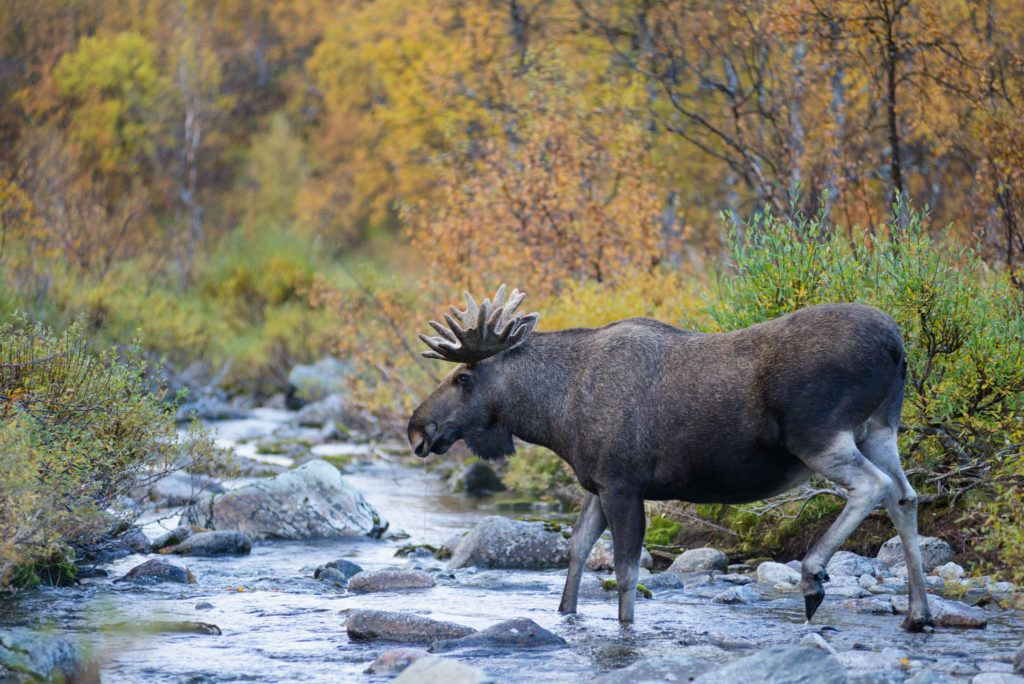
How is peatland in the Oder Delta typically restored?
Most peatland in the Oder Delta is linked to the river system draining into the Oder River, Stettin Lagoon or Baltic Sea. Peatland restoration essentially involves “rewetting”, which means closing ditches that were created to drain the land for agriculture, and thereby retaining water in the landscape.
In Germany the authorities are increasingly aware of the climate-related importance of peatlands. On the German side of the delta, 20,000 hectares of peatland have been restored along the Peene River since the 1990s. On the Polish side, we have huge nature reserves and Natura 2000 sites that are usually state-owned and well protected. But agricultural intensification is putting pressure on remaining wetlands along the lagoon.
“A rewilding-oriented business model can prove attractive for landowners, since carbon credits aim to provide secured funding for at least 30 years.”
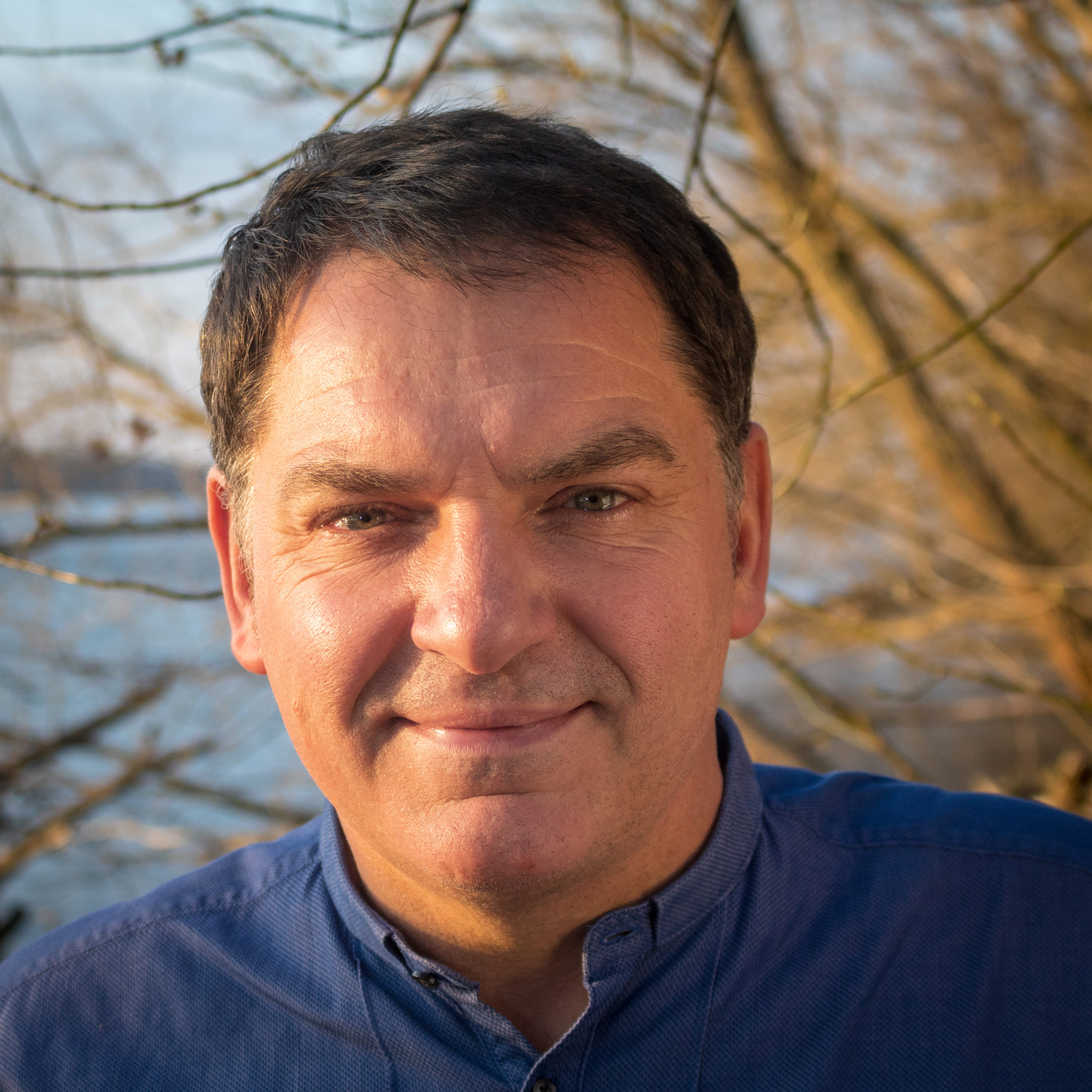
Peter Torkler
Team Leader Rewilding Oder Delta (Poland)
How can you make peatland rewilding commercially attractive for landowners?
The challenge for nature-based carbon credits is to make them competitive with subsidies offered through the European Union’s Common Agricultural Policy (CAP). As such subsidies are usually paid over a five-year period – and there is a lot of uncertainty as to whether they will remain – we are now seeing more and more farmers looking to secure more stable, long-term funding. This is where a rewilding-oriented business model can prove attractive for landowners, since carbon credits aim to provide secured funding for at least 30 years, unlike CAP subsidies paid over a five-year period.
We recently established a Polish field team focused on the legal aspects of land acquisition and to conduct a search for land purchase opportunities in the area. We just signed an agreement to calculate the carbon potential of around 500 hectares. In due course this land will be rewetted, representing a major step forward in our peatland work in the Polish part of the delta.
As to the credits, we currently employ a Polish-wide certified system. It is important that sales are verified and carried out through an independent, scientific and rigorously audited system, and are now waiting on external partners to finalise the process. We are hopeful that the first credits can be sold by end of 2023.
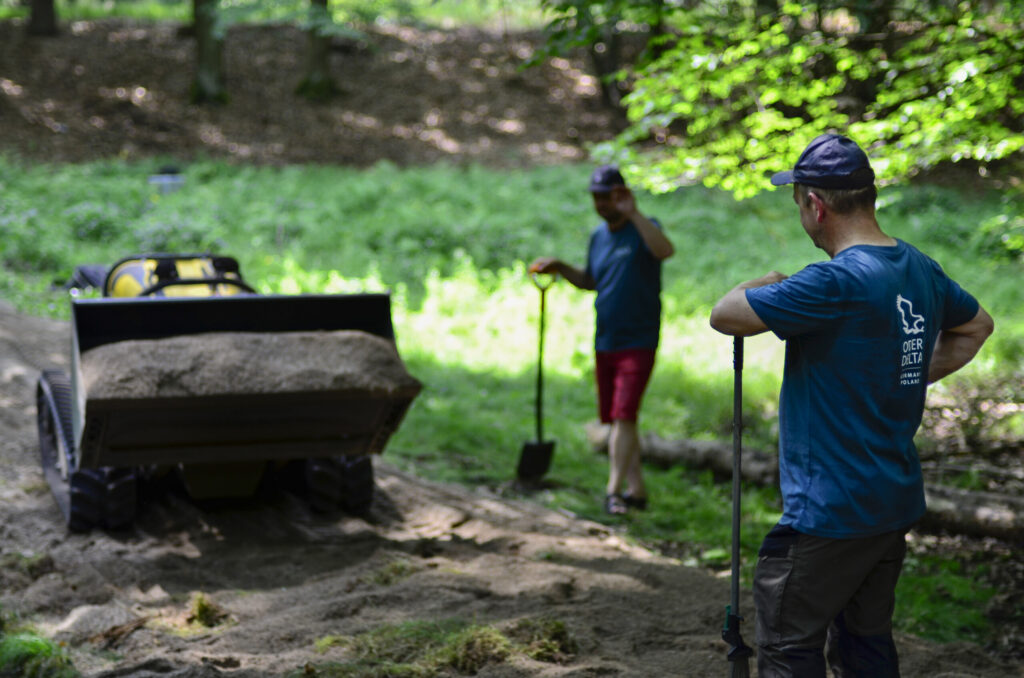
Where would you like peatland restoration in the Oder Delta to be five years from now?
We would like to see 5,000 hectares of peatland rewilded through the removal of dykes and closure of artificial ditches. This would see former non-productive farmland become a paradise for a wide range of plant and animal species, with landowners earning money from carbon credits that help to mitigate climate change and enhance biodiversity. The rewilding of this peatland will act as an inspirational role model for the restoration of this important ecosystem for the whole of Poland.
Want to know more?
This blog is taken from a longer story entitled “Peat power”, which featured in the Rewilding Europe Annual Review 2022.
Download a PDF of the story Or check out our Annual Review 2022

